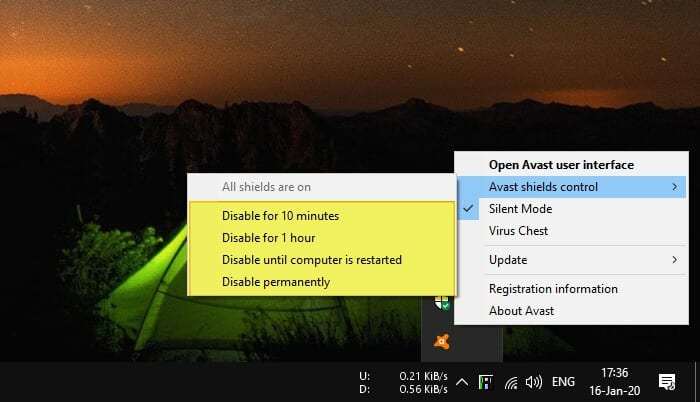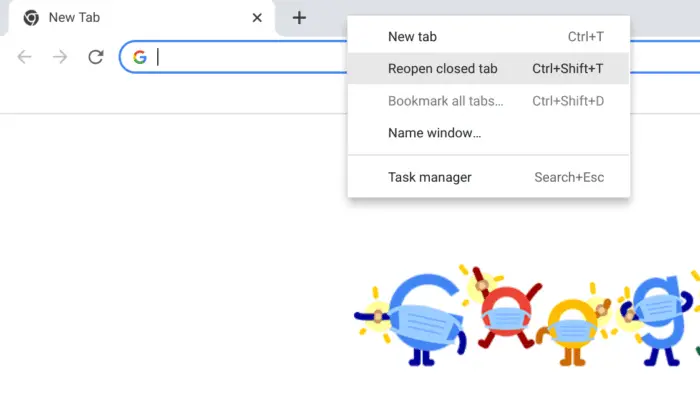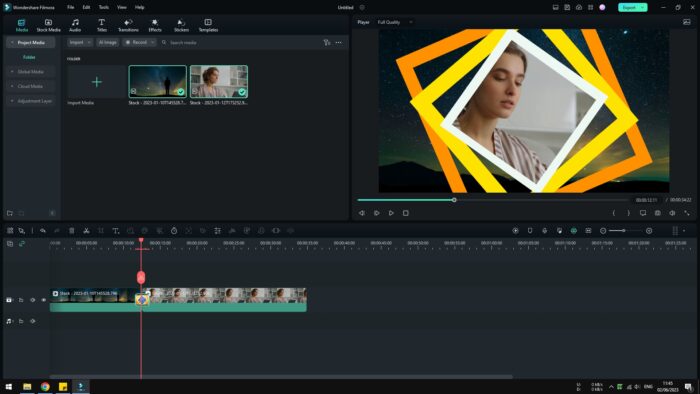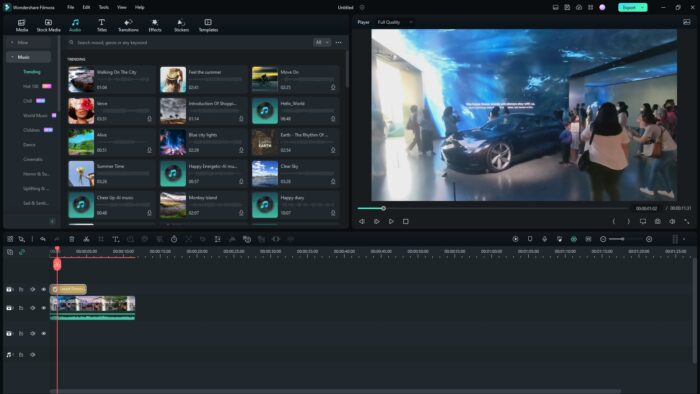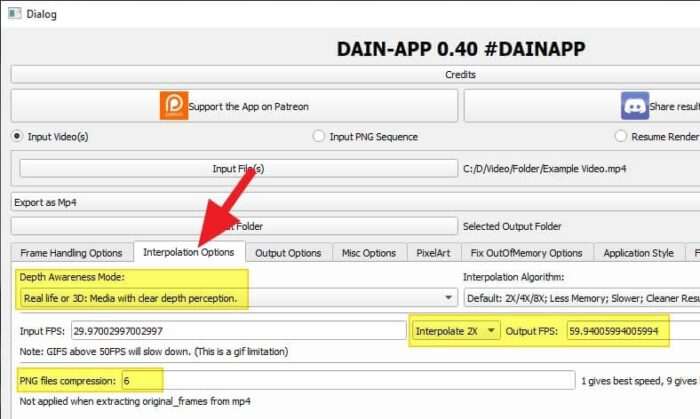Ever since debuted in 2010, Chrome extensions have helped a lot of users by expanding features and functionalities that are not officially released to the browser. Extensions, in many ways, was responsible for keeping the browser stay relevant through the years, making sure that every user will have the right tool on the platform.
You can download whatever extension is available on the internet and attach it with Google Chrome. But over time, they will quickly build up and need some human intervention to keep them organized and not crash the browser.
In this article, I will show to you some basic knowledge of managing extensions in Chrome and possibly other Chromium-based browsers, like Microsoft Edge, Brave, and Chrome Canary.
Table of Contents
How to install a Chrome extension?
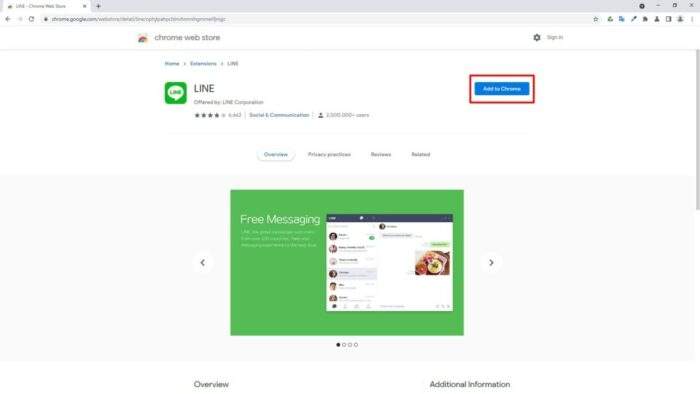

The main source to get Chrome extensions is through Chrome Web Store. You can discover hundreds of thousands of extensions from the website that Google itself provided.
Once you found the extension you need, just click Add to Chrome and follow the instruction later on. The extension file will be downloaded and then installed to Chrome automatically.
Where to find installed extensions?
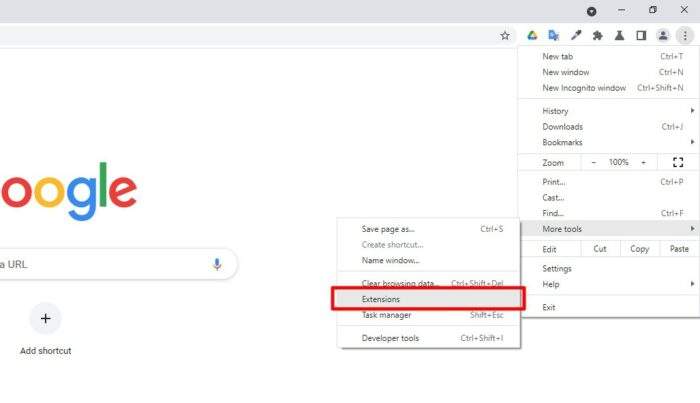

To see the list of installed extensions on Chrome, just head to the icon menu > More Tools > Extensions. You will be greeted by a page containing all extensions that currently sit on your computer.
How to delete an extension?
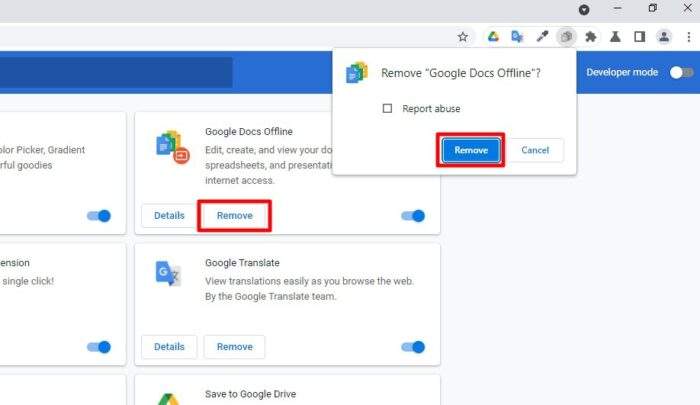

If you have done with the extension or found a better one, why not ditch it to free up some space? To uninstall an extension, just click Remove on the extension page, and then click Remove again to confirm the action.
How to disable it?
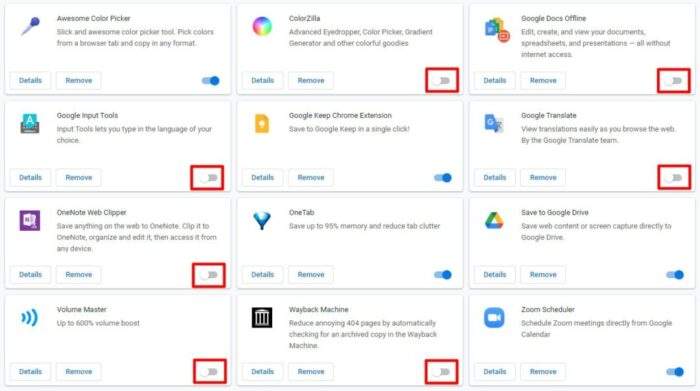

Disabling an extension is more or less similar to putting it to sleep. It’s still there in case you want to use it later, but in the meantime, it won’t cause any crash or performance issues — a great way to combat Chrome’s notorious memory consumption.
To disable an extension, just go to the Extensions page (chrome://extensions/), then toggle the button until it appears grey, meaning it has been deactivated.
How to pin extensions?
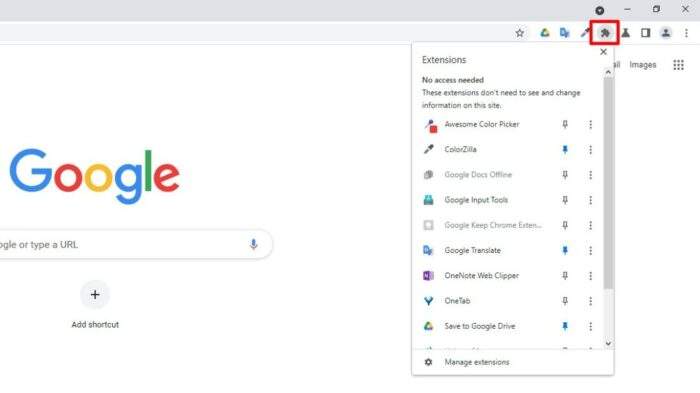

In later versions of Chrome, they decided to add a small pocket to store extension icons instead of leaving them overcrowding the browser bar. This makes some extensions a little harder to use as they require a click before whatever functions they offered can run.
To pin extensions to the browser bar, navigate to the Extension menu, and then pin the extensions that you will likely use frequently.
Can I use extensions in Incognito?
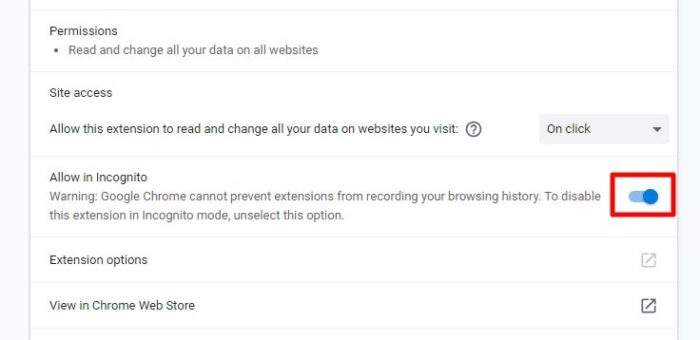

Absolutely! The Incognito window allows for an extended level of privacy and thankfully, Chrome lets you enable extensions even in this secretive mode. All you need to do is go to the Extensions page, click Details, and then Allow in Incognito.
However, allowing them to work in Incognito means giving them access to see the page you visit. If it doesn’t feel comfortable for you, just toggle off the “Allow in Incognito” option.
What shortcuts are available for an extension?


Using a keyboard shortcut can save a lot of time in the long run. Many Chrome extensions will assign specific keyboard shortcuts automatically upon installation.
You can find or modify these shortcuts via Chrome’s menu > More tools > Extensions. And then click the hamburger menu on the upper left, and select Keyboard shortcuts.
How to configure an extension?


The vast majority of extensions have their own set of customization and setting. These can often be found after right-clicking on the extension’s icon. However, since each extension is different, you may need to navigate and explore the settings on your own.

